When DeAndre Ayton limped off the court at Vivint Arena in Salt Lake City on November 23, 2025, the Los Angeles Lakers lost more than just a center—they lost their most consistent interior force. The 26-year-old Bahamian big man, signed to a two-year, $16 million deal in the 2025 offseason, was ruled out for the remainder of the game against the Utah Jazz after a brutal collision with rookie forward Ace Bailey in the first quarter. He finished with just 2 points and 3 rebounds in 13 minutes before being sidelined with a right knee contusion. The Lakers went on to win 123-115, but the real story was Ayton’s absence—and what it means for their playoff push.
The Collision That Changed the Game
It happened early, around the 7:45 mark of the first quarter. Bailey, the 20-year-old Canadian forward selected sixth overall in the 2024 NBA Draft, drove hard baseline, planted his foot, and launched into Ayton’s planted right leg. There was no flagrant foul called—just a loud thud, a gasp from the crowd, and Ayton collapsing to the floor, clutching his knee. He tried to stand, wobbled, then hobbled to the locker room with trainers on either side. The Lakers didn’t reveal the severity until halftime, when reporter Mike Trudell confirmed Ayton had a right knee contusion and was questionable to return. By the end of the third quarter, the team officially ruled him out.Who Steps Up?
Without Ayton, the Lakers’ frontcourt shifted dramatically. Jaxson Hayes, the 24-year-old center acquired in a September 2025 trade, started the second half. He played 28 minutes, scoring 10 points and grabbing 7 rebounds, but lacked Ayton’s spacing and post presence. Maxi Kleber, the 32-year-old German veteran signed to a one-year, $2.1 million contract, saw his most minutes since joining the team, playing 22 minutes off the bench. He hit two three-pointers and defended well, but the Lakers missed Ayton’s ability to roll to the rim and draw double teams.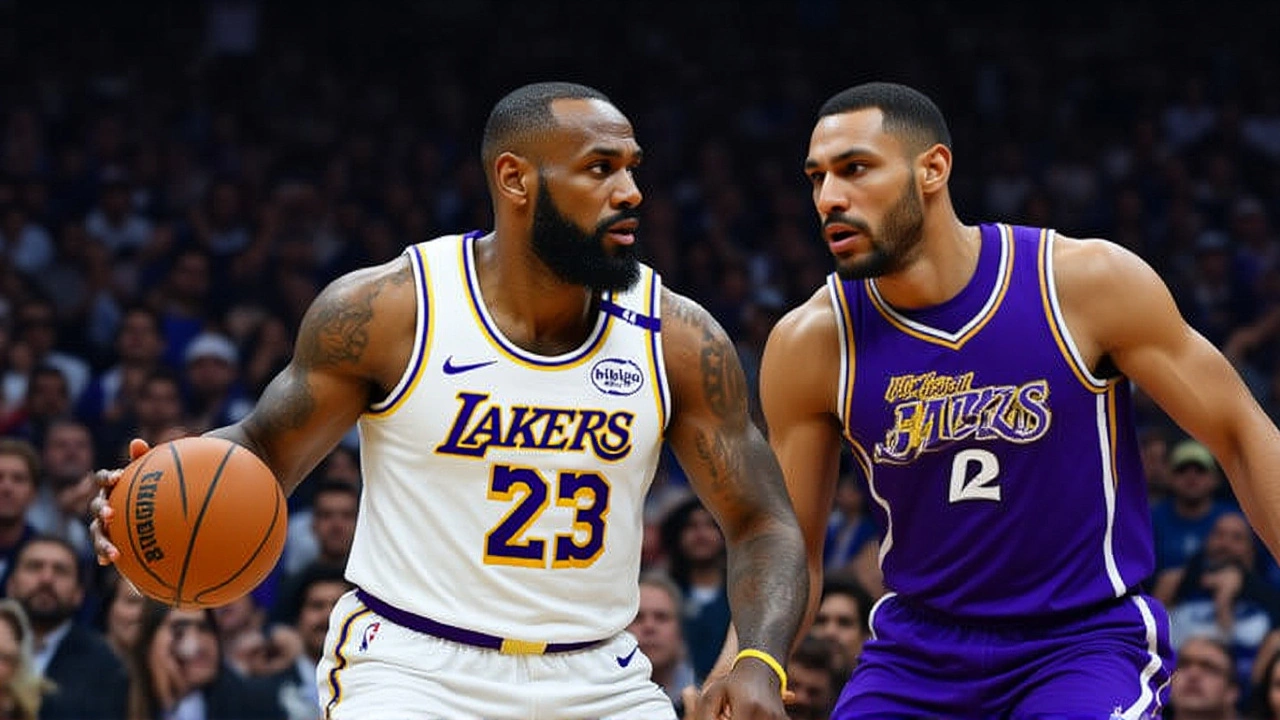
Ayton’s Impact—And Why This Hurts
Through 16 games, Ayton was averaging 16.5 points and 8.8 rebounds, shooting 61% from the field. He was the glue in the Lakers’ offense, setting screens, finishing alley-oops, and protecting the rim. His presence allowed LeBron James (39) and Anthony Davis (31) to operate more freely on the perimeter. Before this injury, Ayton had already battled back spasms that sidelined him for two games in early November, including the November 4 matchup against the Portland Trail Blazers, where he dropped 22 points and 10 rebounds in a win. Now, with his knee swollen and tender, the Lakers face a serious depth issue.Historically, Ayton has dealt with injuries—left-hand fractures in 2020 and 2022 during his Phoenix Suns tenure—but knee issues are new. The Los Angeles Lakers medical staff, led by head team physician Dr. Vernon Williams, has not yet announced whether an MRI will be performed. Standard protocol suggests imaging within 48 hours, but the team remains tight-lipped. "We’re being cautious," said coach JJ Redick after the game. "He took a hard hit. We’re not going to rush him back. His health comes first."
The Ripple Effect: A Crucial Homestand Ahead
The timing couldn’t be worse. The Lakers return to Crypto.com Arena for a four-game homestand, including two high-stakes Emirates NBA Cup group stage games: against the Los Angeles Clippers on November 25, 2025, and the Dallas Mavericks on November 28. Both teams are chasing the same top-two seed in the Western Conference. Without Ayton, the Lakers’ rim protection and rebounding drop significantly. The Clippers, with Paul George and Kawhi Leonard, will attack the paint aggressively. The Mavericks, led by Luka Dončić, will exploit the lack of interior size.Even with LeBron and Davis combining for 67 points in the Jazz game, the Lakers’ bench depth is thin. Jaxson Hayes is athletic but inconsistent. Maxi Kleber is a shooter, not a rim protector. The team may need to explore trade options before the December 15 deadline—or risk falling behind in the standings.
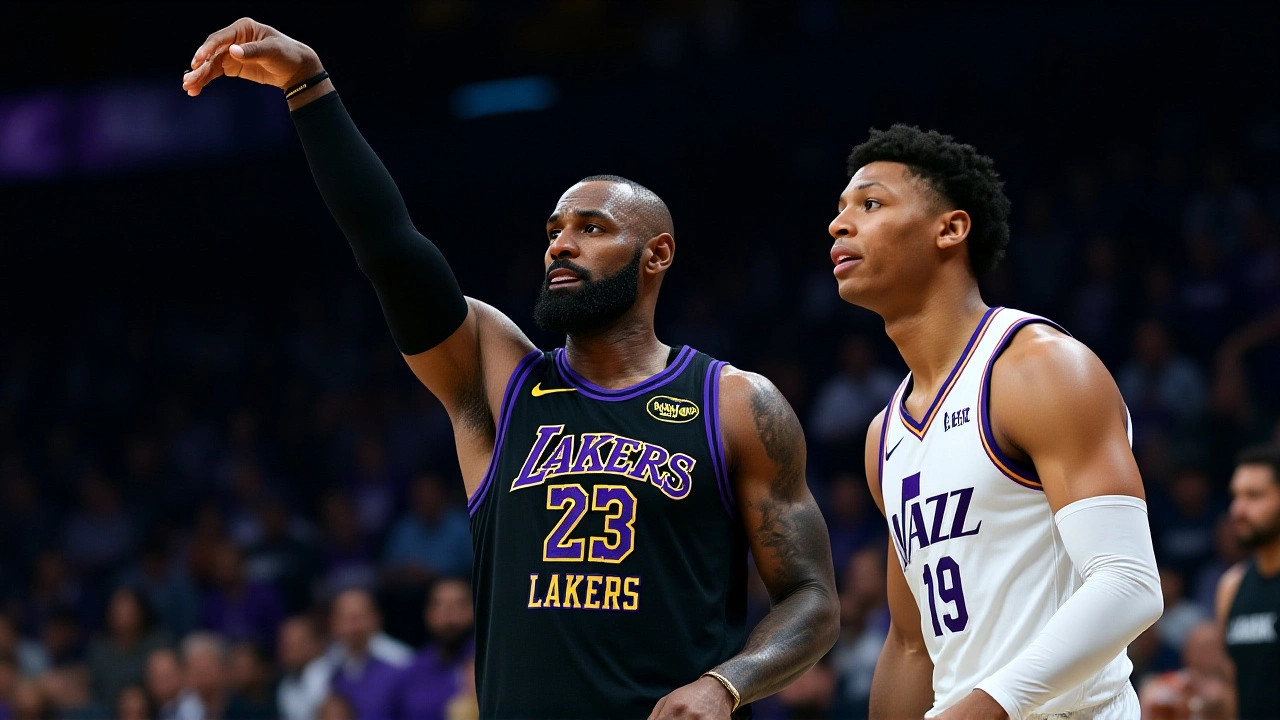
What’s Next for Ayton?
There’s no official timeline. The Lakers haven’t ruled out a return before the end of the month, but given the nature of knee contusions—swelling, bruising, potential cartilage irritation—it’s unlikely he’ll play before December 1. Recovery typically takes 10–14 days for mild cases, but Ayton’s size and playing style mean even minor swelling can disrupt his mobility. If the MRI shows no ligament damage, he could return in two weeks. If there’s deeper tissue trauma, the Lakers could be without him for a month.What’s clear is this: Ayton’s absence isn’t just a statistical loss—it’s a psychological one. The Lakers have been playing with confidence, tied with Denver for the No. 2 seed. Now, uncertainty creeps in. Fans are already asking: Is this the start of a pattern? Can the Lakers survive without him? The answers won’t come until the medical report is released.
Frequently Asked Questions
How serious is a knee contusion, and why could it keep Ayton out for weeks?
A knee contusion is a deep bruise caused by direct impact, often damaging muscle and connective tissue beneath the skin. For a 7-foot, 250-pound player like Ayton, swelling can restrict joint movement and cause pain during cutting or jumping. Even without ligament damage, recovery can take 10–14 days because the knee bears his full body weight. NBA teams often err on the side of caution with big men to avoid long-term cartilage wear.
Who are the Lakers’ best options to replace Ayton in the starting lineup?
Jaxson Hayes is the most logical starter—he’s athletic, mobile, and has starting experience. But he lacks Ayton’s scoring touch and screen-setting ability. Maxi Kleber can stretch the floor but can’t guard elite centers one-on-one. The Lakers might also experiment with small-ball lineups featuring Davis at center, though that exposes them to rebounding deficits. Without Ayton, their bench center options are limited to undrafted rookie Jalen Hood-Schifino, who has played just 12 minutes all season.
Has Ayton had other injuries in his career that could signal a pattern?
Yes. During his time with the Phoenix Suns (2018–2023), Ayton suffered two left-hand fractures—once in 2020 from a fall, another in 2022 from a collision. He also missed five games in 2023 with a right ankle sprain. While none were knee-related, his injury history suggests he’s prone to physical setbacks, especially as his minutes and workload increase. The Lakers are now monitoring his body closely, especially with his contract running through 2027.
How does this affect the Lakers’ chances of securing the No. 2 seed in the West?
It hurts. With Ayton, the Lakers are 12-4 and tied with Denver. Without him, their defensive rating drops from 108.2 to 113.7, and they rank 23rd in rebounding. The Clippers and Mavericks are both chasing them, and both have stronger frontcourts. If Ayton misses even two games, the Lakers could slip to No. 4 or 5, forcing them into a tougher playoff path. Home-court advantage matters—and right now, it’s in jeopardy.
Could the Lakers make a trade before the deadline to replace Ayton?
Possibly. They have trade exceptions and a few expiring contracts, but their best assets—draft picks and young players—are tied up in the 2024 deal for Jaxson Hayes. They might target a veteran center like Brook Lopez or Nic Claxton if they become available, but most teams want draft capital. Without Ayton, the Lakers may prioritize short-term fixes over long-term flexibility, especially if they believe LeBron’s window is closing.
What does this mean for Ace Bailey, the Jazz rookie who caused the collision?
Nothing—officially. The play was ruled a legal basketball move. Bailey, who’s averaging 8.3 points and 4.1 rebounds, has shown aggressive energy all season. The Jazz coaching staff praised his hustle, and no flagrant foul was assessed. But in the locker room, some Lakers players reportedly told Bailey to be more careful. It’s a reminder: in the NBA, rookie energy can come at a cost—and sometimes, it’s another player’s season.


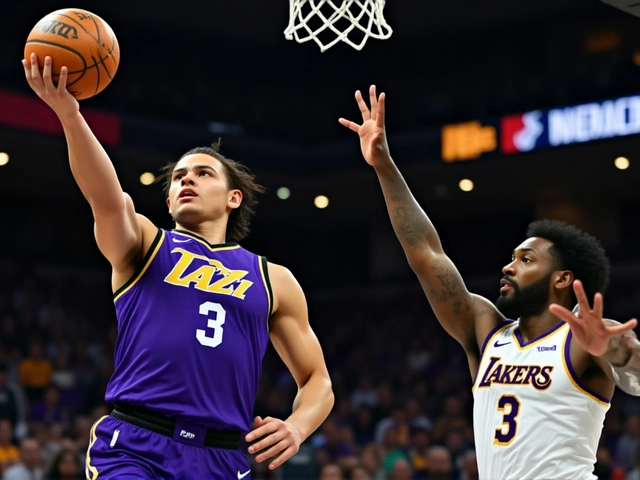

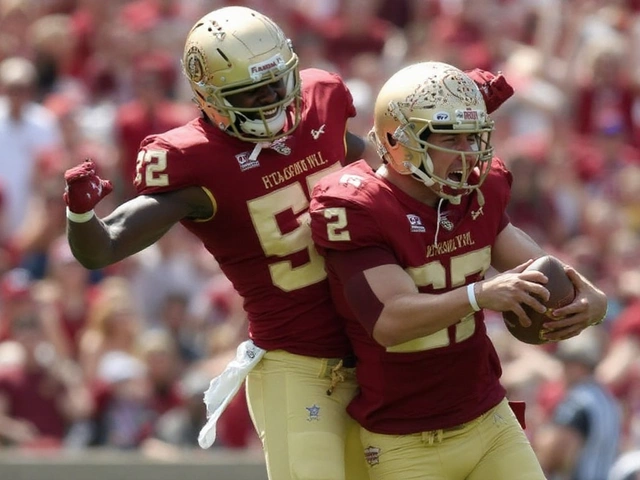
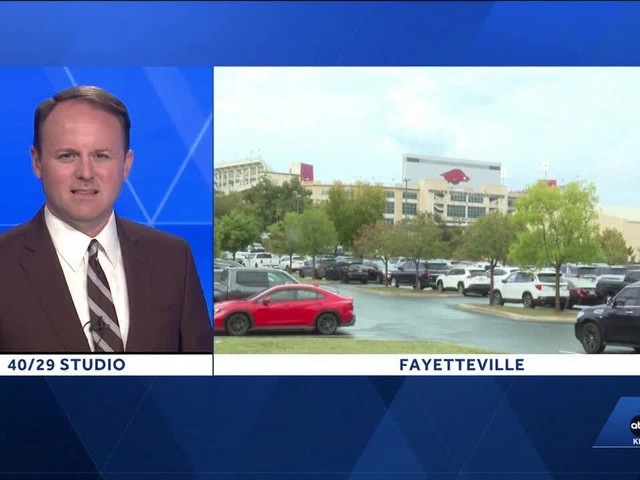

Write a comment